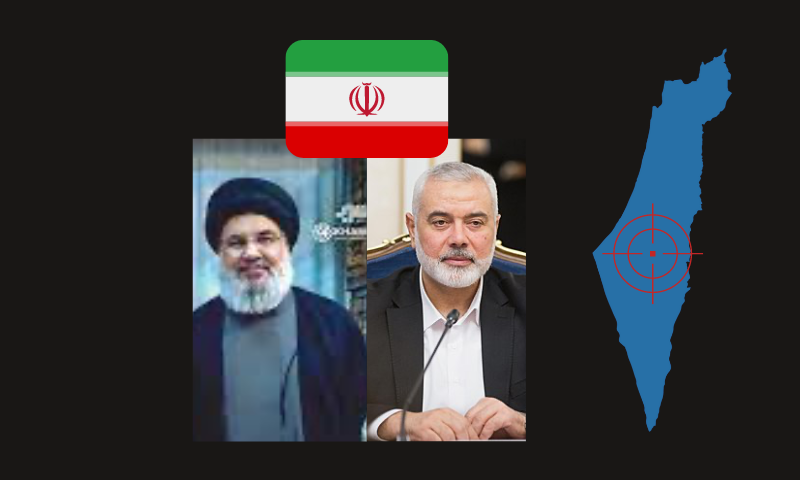Yonah Jeremy Bob
Jerusalem Post, Jan. 16, 2025
“… given that Israel has more power and leverage on nearly every front (it is far weaker today in global legitimacy than at any time in decades) than it did before October 7, has the theory of multifront war with Israel been disproven?”
Since 2021, when Hamas fired rockets at Israel to “retaliate” for Israeli actions it was unhappy with relating to the Temple Mount and east Jerusalem, Israel has experienced a growing multifront threat.
This grew to include Hezbollah and Syria in April 2023, when rockets were fired at Israel from Gaza, Lebanon, and Syria all around the same time to retaliate for disputes between Israel and Palestinian rioters on the Temple Mount.
But the apex of this multifront threat was the October 7 massacre, which forced Israel to fight significant and extended wars simultaneously against Hamas in Gaza, Hezbollah in Lebanon, and five other fronts: Iran, proxies of Iran in Syria, Yemen’s Houthis, proxies of Iran in Iraq, and terrorists in the West Bank.
Has the November 27 ceasefire with Hezbollah, Iran’s expulsion from Syria with the fall of the Assad regime in December, and the January 15 ceasefire with Hamas ended the multifront threat?
The theory behind the multifront threat – or “ring of fire,” as its architect, Islamic Revolutionary Guard Corps Quds Force commander Qasem Soleimani, coined it in 2017, before his assassination in 2020 – was simple: to overwhelm Israel simultaneously on many fronts.
Soleimani and Israel’s other enemies knew that one-on-one, none of them could directly defeat or even seriously challenge Israel. But if they all started to attack at once, striking all parts of the home front at once, they might overwhelm Israel by forcing it to split its forces, they hoped. Hamas could hammer the South and Hezbollah the North, but it was doubtful that either could seriously harm the whole country. ….SOURCE


